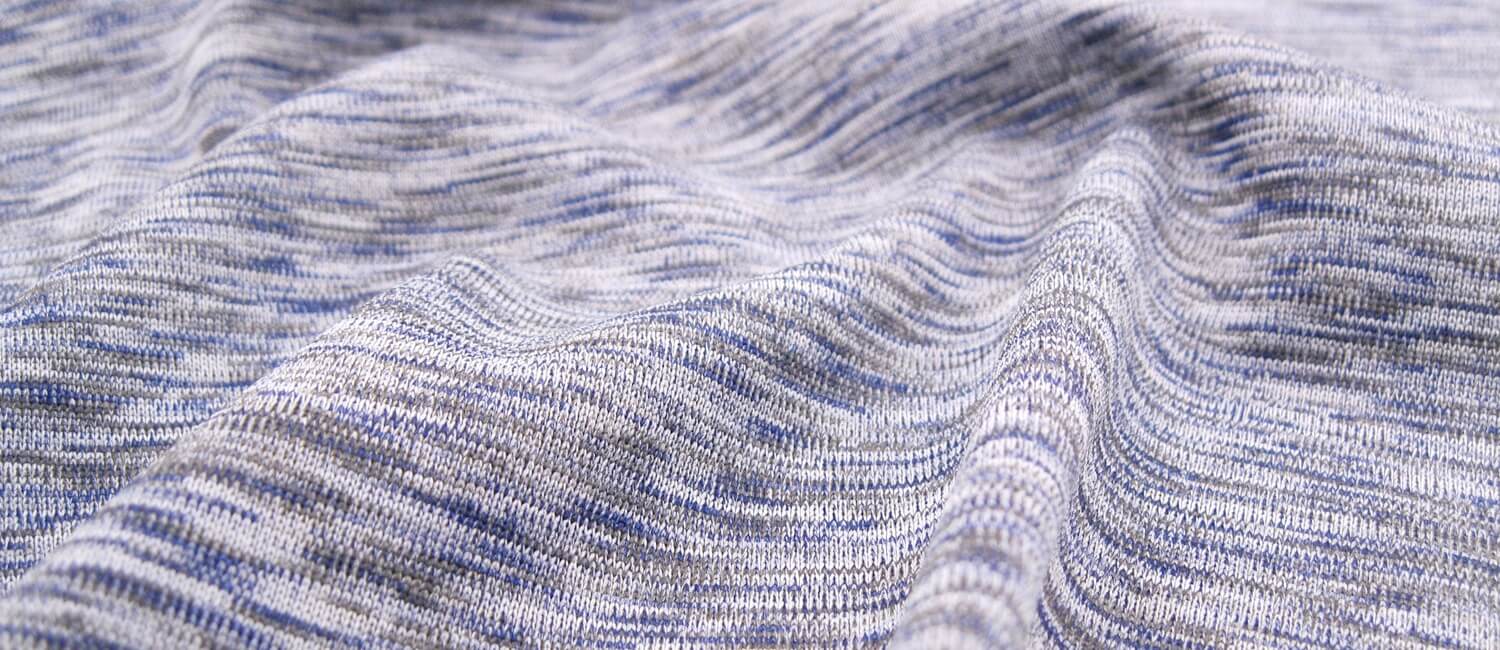
FAQ

Q&A Knit Fabric Knowledge
Knit fabric and woven fabric are two of the most common fabric types for garment manufacturing.
Knit fabric is constructed with a needle and thread. They make loops that are interwoven with other loops to create a sheet of fabric. Knit fabric is one of the most common types of fabric used for everyday clothing.
It is important to note that knitted fabrics come in two different forms: weft knitted fabrics and warp knitted fabrics. While both of these fabrics are made up of interwoven yarn, there are some slight differences in their appearance.
For more information, please refer to this article: A Beginner’s Guide to Knit Fabric
You can differentiate between knitted and woven fabric by looking at their appearance, pulling apart the threads and pulling on the fabric to observe its elasticity.
For detailed information, please refer to this article: 3 Ways for Differentiating Between Knit and Woven Fabrics
You can calculate knit fabric composition by pulling apart the threads and measuring the proportion of each kind of threads. For more information, please refer to this article: How to Check Fabric Composition?
You can identify fabric fiber simply by performing a burn test. We can distinguish the fiber material by observing the fiber’s reaction, the flame and the ashes.
For more information, please refer to this article: How to Identify Fabric Fiber Content by Burn Test?
Knit fabric and woven fabric are two of the most common type of fabrics for garment manufacturing.
Compared to woven fabric, knit fabric is soft and stretchy, which makes it especially suitable for clothing worn close to the skin. For example, casual wear, sportswear and underwear are usually made from knit fabric.
Different types of knit fabric are suitable for different designs. Please refer to this article for more examples: A Beginner’s Guide to Knit Fabric
Due to the gaps between thread loops that make up a knit fabric, it is usually elastic, soft, and breathable compared to woven fabrics. As a result, knits are more suitable for clothing that is designed to fit tightly around the skin.
Use a circular cutter to cut the fabric and measure the weight with an electronic precision scale. You’ll get a fabric weight measurement in gram x 100 = gsm.
If you don’t have a circular cutter, you can cut the fabric into a square, then measure and calculate the area. Next, weigh the fabric swatch and do the following calculation:
10000 ÷ the rectangle area (cm²) x fabric swatch weight (g) = fabric weight g/m²
For more information, please refer to this article: How to Check Fabric Weight?
